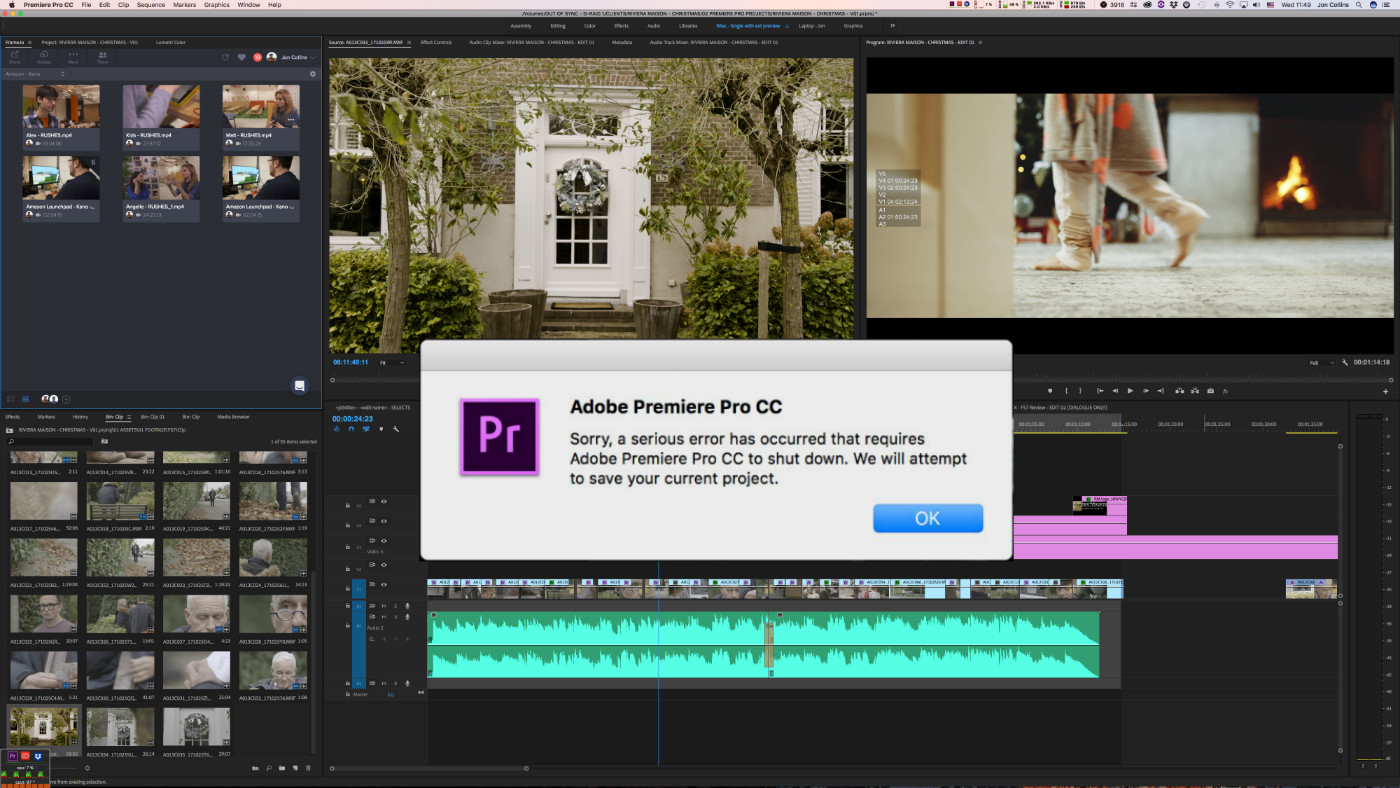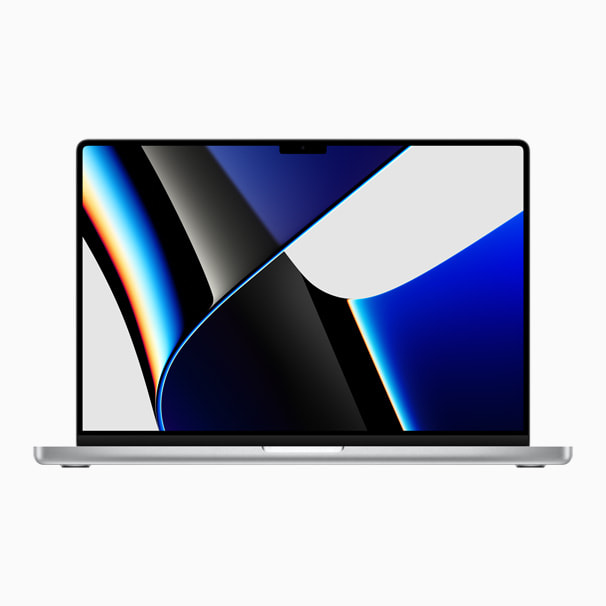

Specify only disks attached to your computer. You can use a slower disk for audio preview files and the project file. Specify your fastest hard disks for capturing footage and storing scratch files.
HOW TO FULL SCREEN IN PREMIERE PRO MAC MAC
On Mac OS, disable journaling for best performance. You can specify unique scratch disk locations for each of the following types of files: In terms of performance, it's best to dedicate a different disk to each asset type, but you can also specify folders on the same disk. Choose scratch disks when you set up a new project. Use the Project > Project Settings > Scratch Disks command to specify which disks Premiere Pro uses for media files. That way your media disks can access and play media files as fast as possible, without having to access other files.

Choose a disk for the assets other than the disk where you keep your project file, operating system files, or the files for applications. For best performance, dedicate a hard disk or disk strictly for your media assets. The scratch disk space required increases as sequences become longer or more complex. If you delete preview files or conformed audio files for a project, Premiere Pro automatically recreates them when you reopen the project.īy default, scratch disk files are stored where you save the project. If you reopen an earlier project after editing another project with different scratch disk locations, Premiere Pro will seek out the files belonging to the earlier project at the scratch disk locations you chose for that project. You can select different scratch disk locations for different projects.

Premiere Pro uses conformed audio files and preview files to optimize performance, allowing real-time editing, 32-bit floating-point quality, and efficient output.Īll scratch disk preferences are saved with each project. Premiere Pro stores captured video and audio, conformed audio, and preview files. When you edit a project, Premiere Pro uses disk space to store files required by your project.


 0 kommentar(er)
0 kommentar(er)
